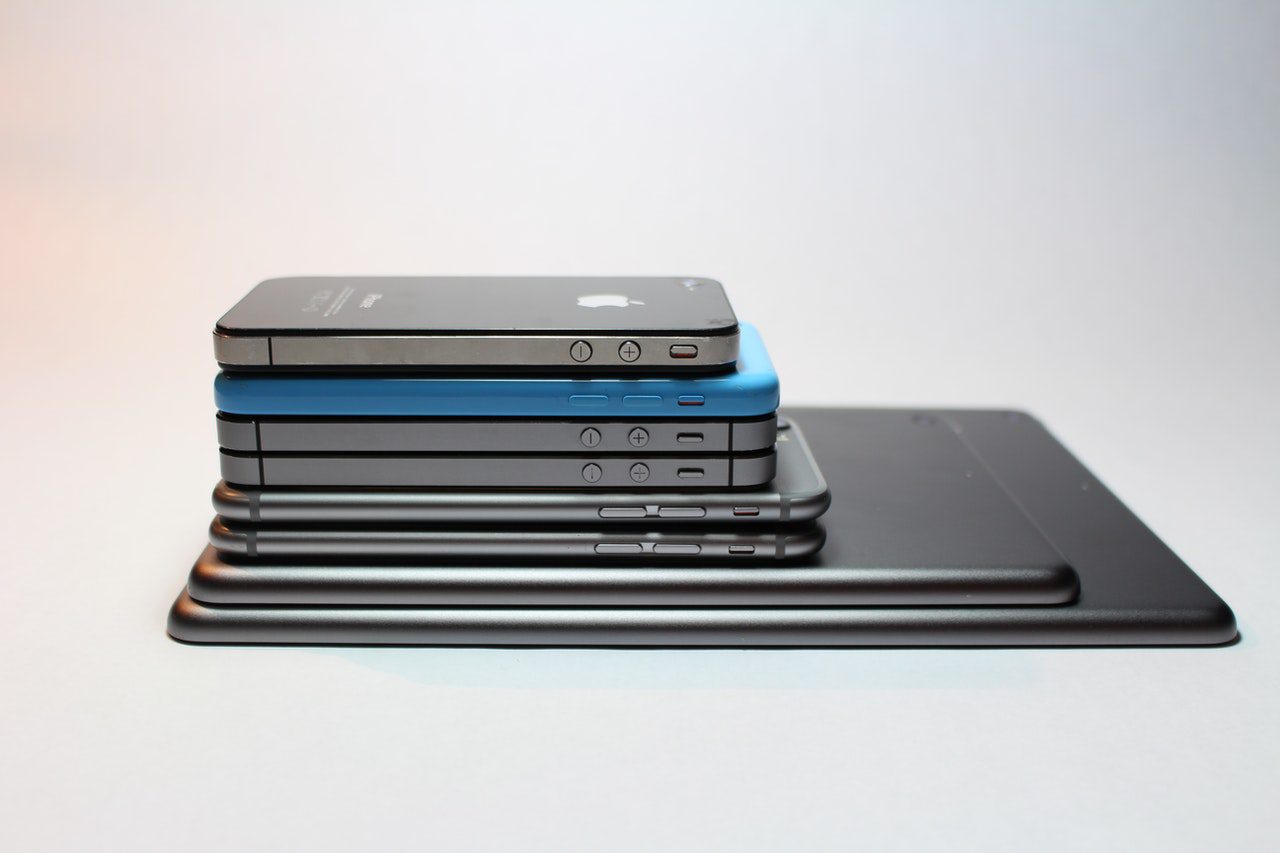Smartphones are not an old technology. In fact, the addition of this prefix “smart” represented the beginning of a brand-new product which, in essence, actually had quite little to do with the mobile phones of the past. For one thing, smartphones are not really phones at all and would instead be better described as pocket computers. Calling other devices is actually only one thing they do and even for that, they don’t always rely on the mobile network “cells” that gave the older cell phones their name. If you think about how you use your smartphone, you will probably notice that calling isn’t anywhere close to the most common task you perform on them.
Smartphones can therefore be thought of as a technology very much at the forefront of science and innovation. It is curious, therefore, that they are actually not the greenest products out there. So much of modern technology and innovation seems to revolve around the imperative to do something about the planet. The electric car revolution, for one thing, is driven primarily by a need to reduce CO2 emissions, with all the major car companies having now pledged to stop producing gas-powered vehicles by sometime around the 2030s. There has also, of course, been the constant developments in renewable energy that seems to have been a hot topic at every point over the last twenty years. From windfarms to hydroelectric dams and solar farms, innovation and technology in this theatre too has been driven by a desire among many to “go green”.
And even among smaller and more traditional industries and products, there has been constant attempts to make them more sustainable. Longer-lasting rechargeable batteries have held this as a goal, and when you grab the extinguisher beneath the fire exit sign, it’s likely to be composed of a flame suppressant that does not contain harmful and environmentally damaging substances.
Environmental Impact of Smartphones
In fact, there is certainly a lot of attention paid to the various strategies that are touted to make smartphones a bit greener. As it stands though, they cannot be considered green products. Research and development are certainly underway to do something about this, but they have yet to overcome the several environmental issues that smartphones present. As things stand, it is estimated that smartphones will produce 146 million tons of CO2 or equivalent emissions in 2022. That is an incredibly significant amount for a product which doesn’t have an exhaust pipe. This is all down to two factors – the manufacture and the distribution of smartphones.
Smartphone Manufacture
As things stand, smartphone manufacture is not an environmentally friendly process. This is in itself a threefold problem. There is the environmental impact inherent in acquiring the materials needed to make a smartphone; there is the environmental impact of the actual manufacturing process itself; and there is the fact that many of the materials and components inside smartphones are not recyclable or are currently not being recycled at a rate sufficient to offset the emissions.
A smartphone needs tin for the circuit boards, cobalt and lithium for the batteries, and aluminium for the enclosures. These are all limited resources and mining them produces a significant amount of emissions. Lithium mining in particular is a very ecologically harmful process. Not only are emissions produced, but the mining process can release dangerous substances into water supplies, which can devastate the ecology of the local area. And this problem is only accentuated when we consider that lithium is also needed for batteries for the electric vehicles that are soon to dominate our roads.
When these materials are then brought to the factory to actually produce the smartphones, a whole new round of energy intensive processes and emissions release takes place. Furthermore, given that smartphones are a globally ubiquitous product, this is no small process.
Smartphone Distribution
After the smartphones themselves have been made, it is time to ship them, in bulk, to all places humans live on Earth. This is an operation that takes place on a truly gargantuan scale. In 2022, it is estimated that over 1.4 billion brand new smartphones will be traversing the world’s oceans in large container ships bound for every local market on the planet.
Often, smartphone reuse – the common practice of buying smartphones second-hand and trading in old ones – are touted as possible ways to offset the CO2 emissions from global smartphone distribution. However, given that brand new smartphones with brand new features seem to be released all the time (and that they are always highly popular products) re-used smartphones and trade-ins have hardly made any impact in this area.
Strategies for Making Smartphones Greener
So, that is the problem as it currently stands. And it is certainly no small matter. Nevertheless, several strategies have been proposed that could make smartphone manufacture, distribution, use, and disposal a bit greener. Her are just a few of them:
Making Them More Robust
One of the habits of smartphone ownership which is having a serious environmental impact is the need for unplanned replacements. When you damage a smartphone, you are either going to need to replace some components or get a brand-new smartphone. By simply making smartphones more robust and damage-resistant, the environmental impact of this could potentially be reduced.
Software Support is Being Offered for Longer
Smartphones are effectively pocket computers, and they rely not only on the software installed on them but that software having continual support and not too quickly becoming obsolete. Software support for older operating systems in smartphones is now being offered for longer, meaning people can keep their smartphones for longer before the functionality becomes seriously compromised.
Boosting the Market for Second-Hand Phones
This is actually a process that is underway. One of the side effects of new smartphones being released all the time is that slightly obsolete phones are still perfectly functional. If the iPhone 13 is out, but you own the iPhone 12, then it is not like you are missing out on much. Accordingly, slightly outdated phones are still pretty attractive on the second-hand market. And the more people are reusing or buying older phones, the less new ones need to be produced.
The Rising Cost
How, on earth, is the rising cost of smartphones a good thing? Given that the latest flagship phones now cost around US $1,000, it’s important to stress that they are, probably, just too expensive. One positive environmental effect of this, however, is that people are keeping their phones for longer. Nobody wants to be shelling out that amount of cash every other year.
Last Word
Ultimately, there is certainly a long way to go if smartphone production and consumption is going to be made more environmentally friendly. All this new technology and cutting-edge innovation has taken us a long way, but massive obstacles remain – and those obstacles are nearly all environmental in nature.







